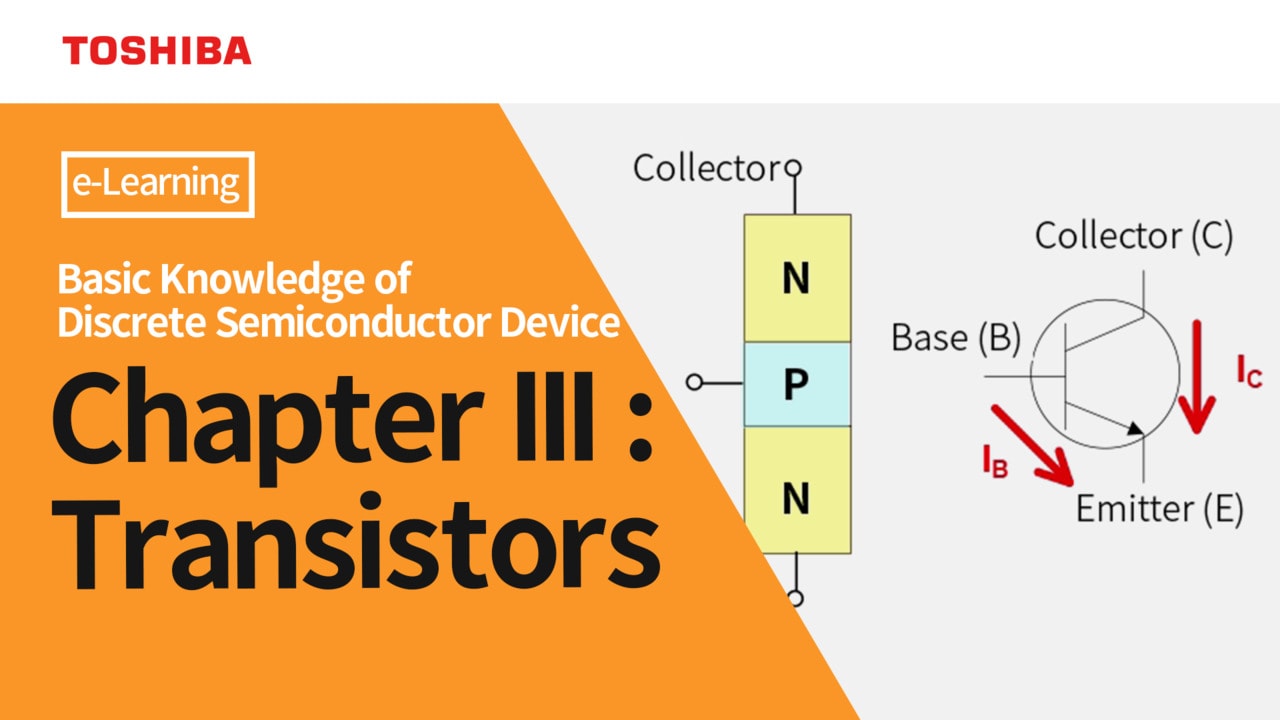- 半導體首頁
-
應用Automotive
Body Electronics
xEV
In-Vehicle Infotainment
Advanced Driver-Assistance Systems (ADAS)
Chassis
IndustrialInfrastructure
BEMS/HEMS
Factory Automation
Commercial Equipment
Consumer/PersonalIoT Equipment
Healthcare
Wearable Device
Mobile
Computer Peripherals
-
產品車用元件
Discrete Semiconductor
Diodes
電晶體
通用邏輯IC
Analog Devices
Digital Devices
Wireless Devices
※
: Products list (parametric search)
功率半導體※
: Products list (parametric search)
隔離器/固態繼電器Photocouplers
Digital Isolators
※
: Products list (parametric search)
MOSFETsIGBTs/IEGTs雙極性電晶體※
: Products list (parametric search)
Diodes※
: Products list (parametric search)
微控制器馬達驅動 ICs智能功率 ICs※
: Products list (parametric search)
電源管理 ICs線性 ICs※
: Products list (parametric search)
通用邏輯 ICs線性影像感測器其他產品其他產品
※
: Products list (parametric search)
-
開發/設計支援
開發 / 設計支援
-
技術知識
- 購買管道
- 型號 & 關鍵字搜尋
- 交叉搜尋
- 參數搜尋
- 線上庫存查詢跟購買
This webpage doesn't work with Internet Explorer. Please use the latest version of Google Chrome, Microsoft Edge, Mozilla Firefox or Safari.
型號需要超過三個文字以上 Search for multiple part numbers fromhere.
The information presented in this cross reference is based on TOSHIBA's selection criteria and should be treated as a suggestion only. Please carefully review the latest versions of all relevant information on the TOSHIBA products, including without limitation data sheets and validate all operating parameters of the TOSHIBA products to ensure that the suggested TOSHIBA products are truly compatible with your design and application.Please note that this cross reference is based on TOSHIBA's estimate of compatibility with other manufacturers' products, based on other manufacturers' published data, at the time the data was collected.TOSHIBA is not responsible for any incorrect or incomplete information. Information is subject to change at any time without notice.
型號需要超過三個文字以上
Are there any special considerations for heat dissipation from bipolar transistors?
1.When a bipolar transistor is screwed onto a board, do not tighten the device excessively. Particular care should be exercised when tightening a device with tap screws. Depending on the tilting of screws and an electric power screwdriver, tremendous stress could damage the mold resin of the device during the last few revolutions of the tightening process. To avoid this problem, use a screwdriver with torque control.
2.Additionally, use a heatsink with sufficient thermal resistance in consideration of the worst value during operation.
Consider forced cooling using a fan or the like as necessary.
3.Use screws of a size that matches the hole diameter.
4.For information about silicone and other insulating heat dissipation sheets, contact resin manufacturers. If necessary apply silicone thermal grease to further improve heat dissipation (i.e., reduce thermal resistance).
5.The mounting plane of a heat sink should be as flat as possible. An uneven surface could subject a device to excessive stress and damage it permanently in the worst-case scenario. The most commonly used heat sinks are made of aluminum or copper, both of which have excellent heat conduction properties.
6.Do not apply any mechanical stress to a heat sink once it is attached to a device.


Except for isolating devices, a heat sink will have the same electrical potential as the collector terminal. Therefore, isolation treatment may be necessary for the heat sink.
For heat sink design, see Bipolar Transistor Application Note: Thermal Stability and Thermal Design. For the attachment of a heat sink, see the application note Power MOSFET Thermal Design and Attachment of a Thermal Fin.
相關信息
The following documents also contain related information:



